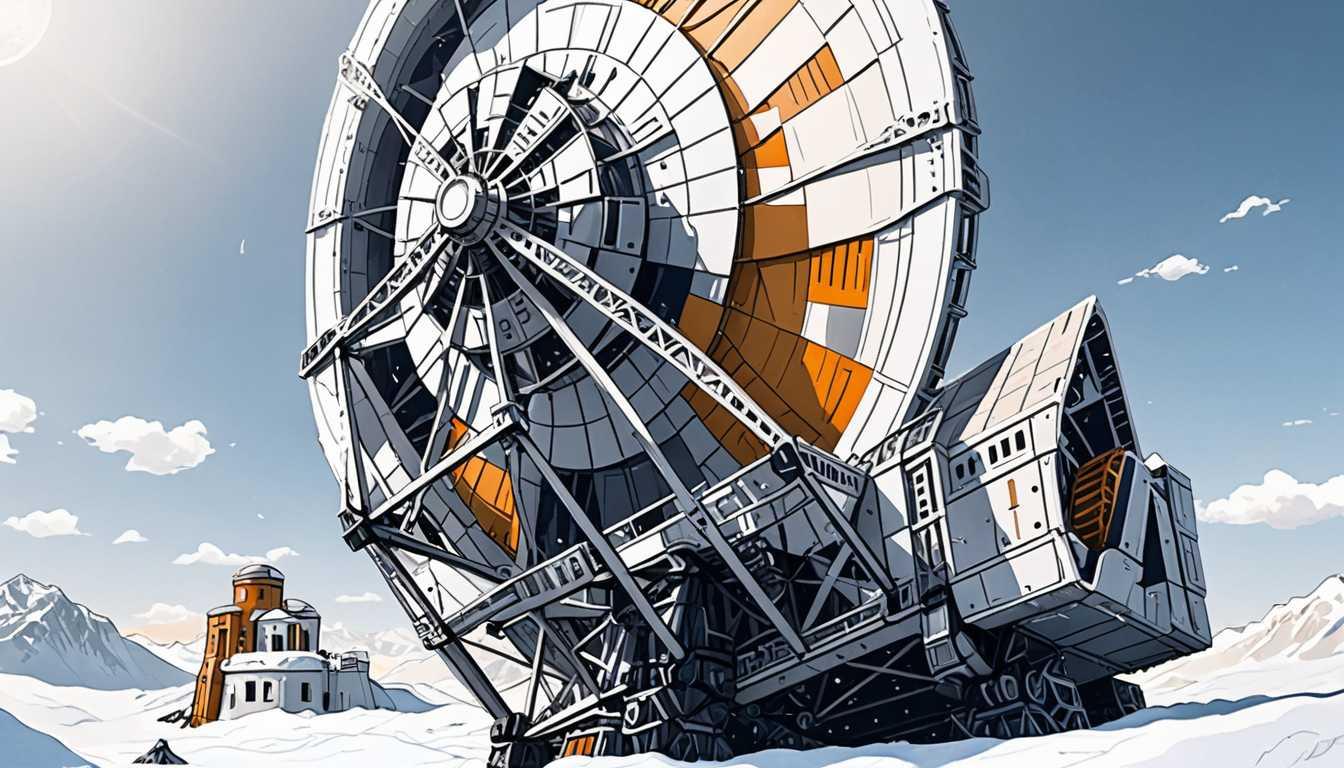Black Hole Flares: A 3D AI Revelation
April 2024
California Institute of Technology
Introduction
Dive into the cosmic mystery with Caltech scientists as they use AI to unveil a 3D video of flares dancing around a black hole! Imagine capturing a cosmic light show from 26,000 light-years away—this isn't science fiction, it's science fact. Check out their groundbreaking research and see space like never before!
READ FULL ARTICLEWhy It Matters
Discover how this topic shapes your world and future
Unveiling the Universe's Mysteries
Imagine being able to visualize the dramatic dance of a flare erupting around a black hole millions of kilometers away. This isn’t just science fiction; it's what a team of scientists using AI and physics achieved by revealing the 3D structure of a flare around Sagittarius A, our galaxy's own supermassive black hole. This breakthrough not only advances our understanding of black holes, which are some of the most mysterious and extreme environments in the universe, but also showcases the power of combining different scientific disciplines. Understanding these phenomena is crucial because it helps us grasp the fundamental laws of nature that govern the universe. For you, this could be a gateway to exploring complex and exciting topics that combine technology, physics, and cosmology, potentially sparking a passion that might shape your future academic or career path.
Speak like a Scholar
Artificial Intelligence (AI)
A branch of computer science dedicated to creating systems that can perform tasks that usually require human intelligence. These include learning, reasoning, and self-correction.
Neural Radiance Fields (NeRF)
A deep learning technique used to create 3D models of scenes from 2D images. It helps in viewing objects from different angles.
Gravitational Lensing
The bending of light caused by gravity when it passes near a massive object like a black hole.
Event Horizon
The boundary around a black hole beyond which no light or other radiation can escape.
Polarization
A property of light that shows the direction in which light waves oscillate. Polarized light has waves oscillating more in one direction.
Orbital Polarimetric Tomography
A technique that uses the polarization of light and the movement of gas around a black hole to determine the 3D structure of flares.
Independent Research Ideas
Exploring Artificial Intelligence in Astrophysics
Investigate how AI technologies like NeRF can be further applied in the field of astrophysics to study other cosmic phenomena.
The Role of Gravitational Lensing in Observing the Universe
Study how gravitational lensing can be used to observe and analyze distant galaxies and black holes.
Simulation of Black Hole Environments
Create a project to simulate the environment around black holes using computer models, helping to visualize and understand the extreme physics involved.
The Impact of Polarization in Astronomical Observations
Research how different polarization states of light can provide insights into the properties and behaviors of celestial bodies.
Interdisciplinary Approaches in Modern Astronomy
Explore how combining fields like computer science, physics, and engineering can solve complex astronomical problems, using the study of Sagittarius A as a case example.
Related Articles

Unveiling Cosmic Teen Secrets
August 2023
Stanford University

Quantum Whispers: Noise-Cancelling Breakthrough
February 2023
Massachusetts Institute of Technology (MIT)

Decoding Black Holes: The Spin Secrets
January 2025
U of Cambridge Research

Hidden Stellar Companions: Neutron Stars Revealed
July 2024
Caltech - Research News

Math Magic: The Sphere Packing Puzzle
May 2024
King's College London - News